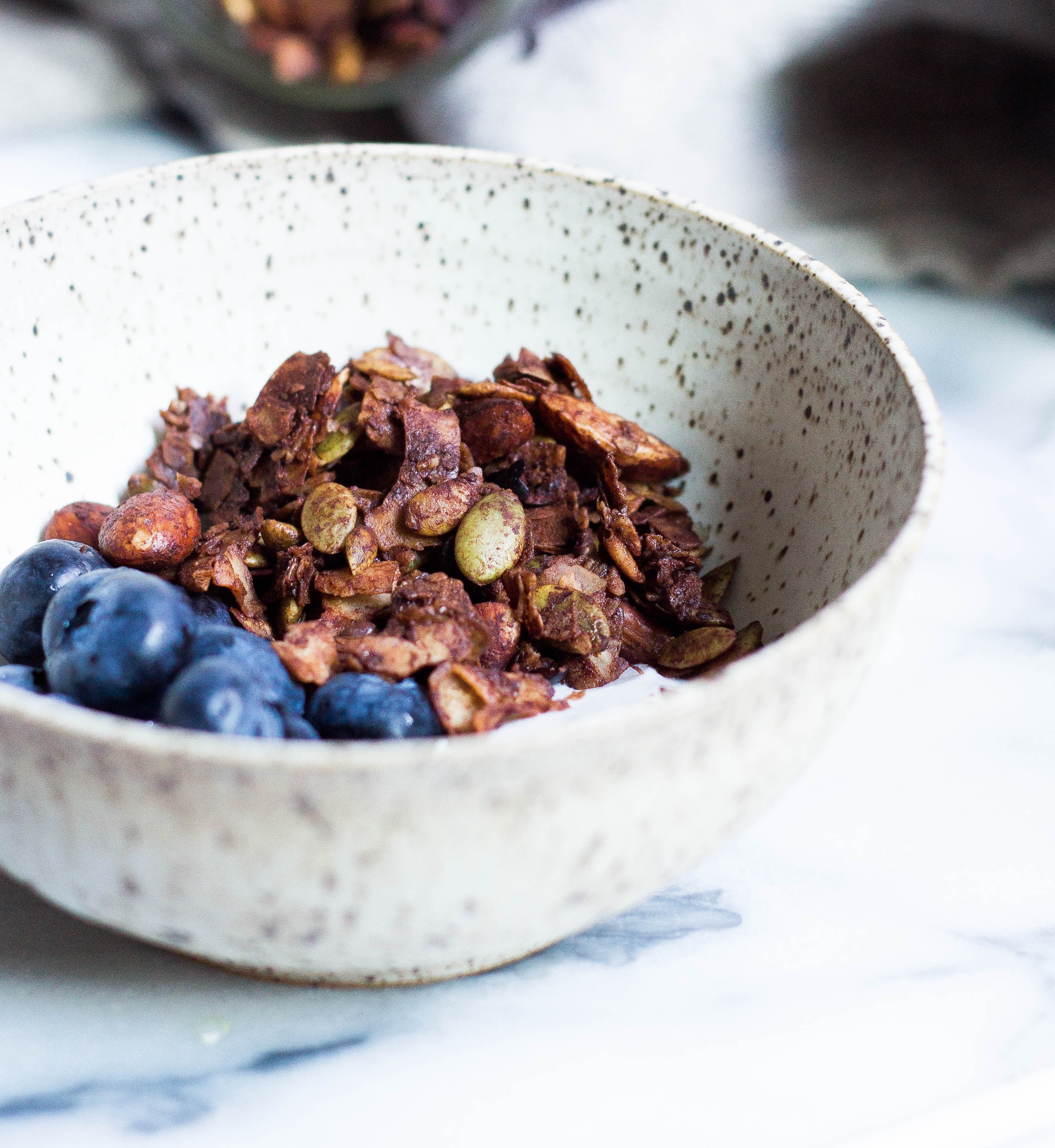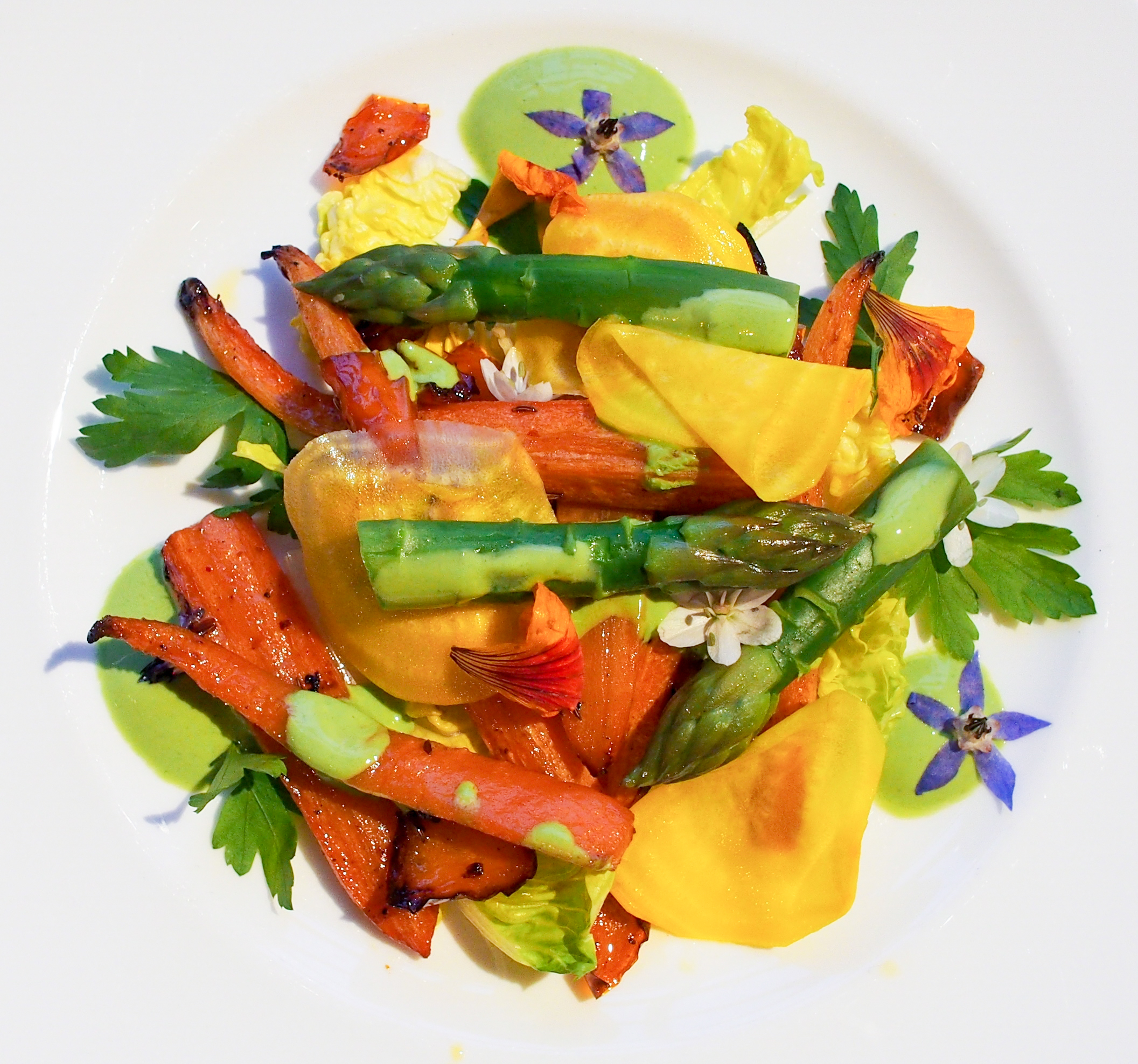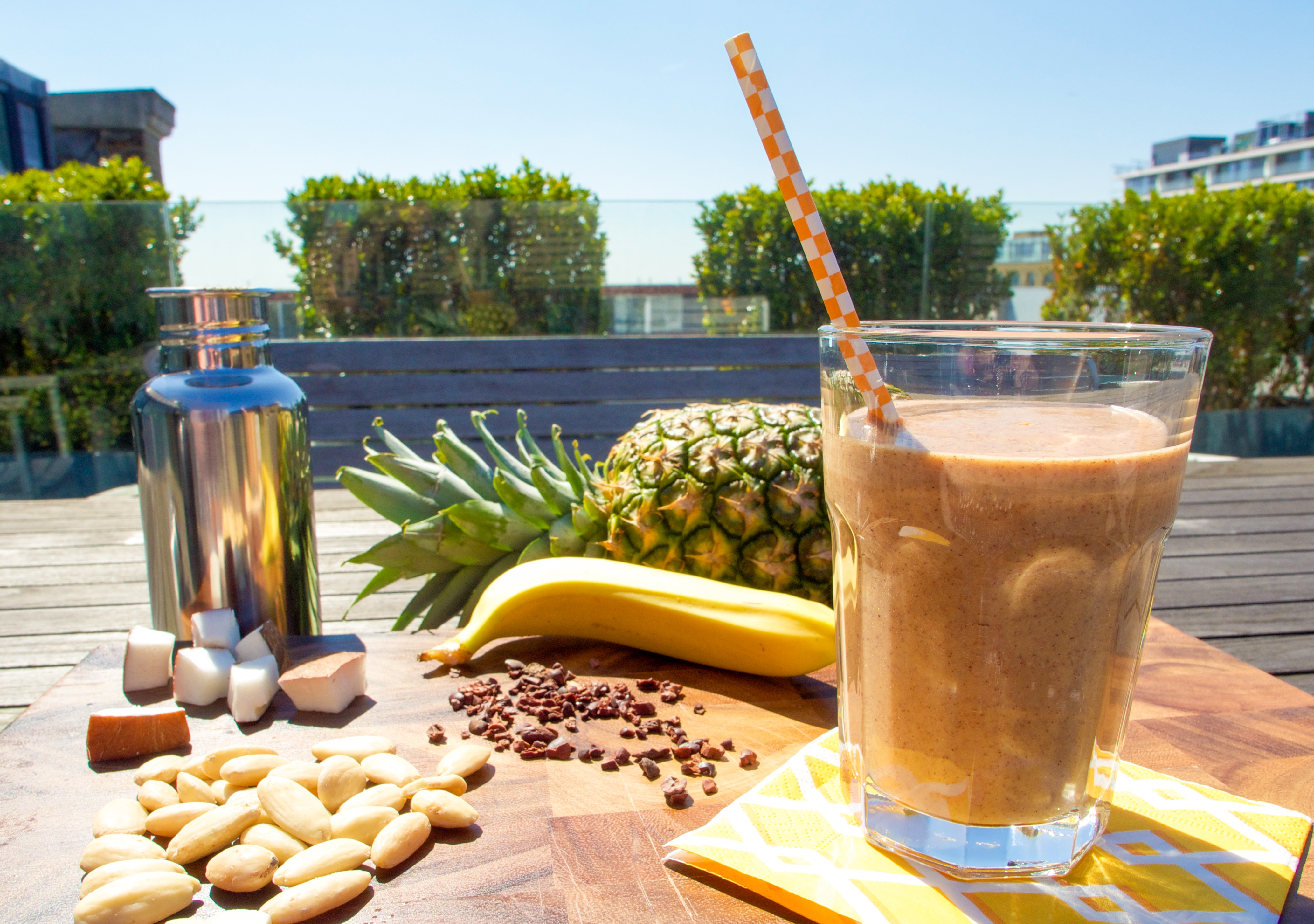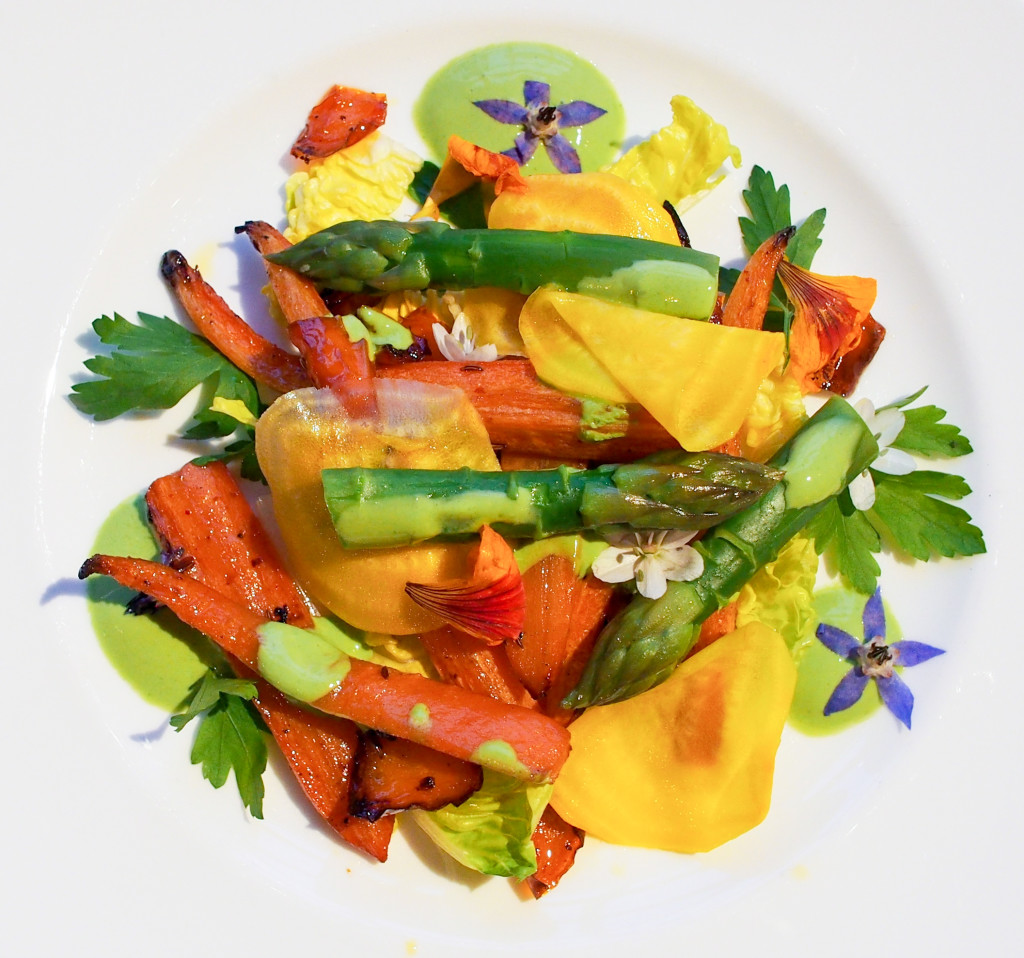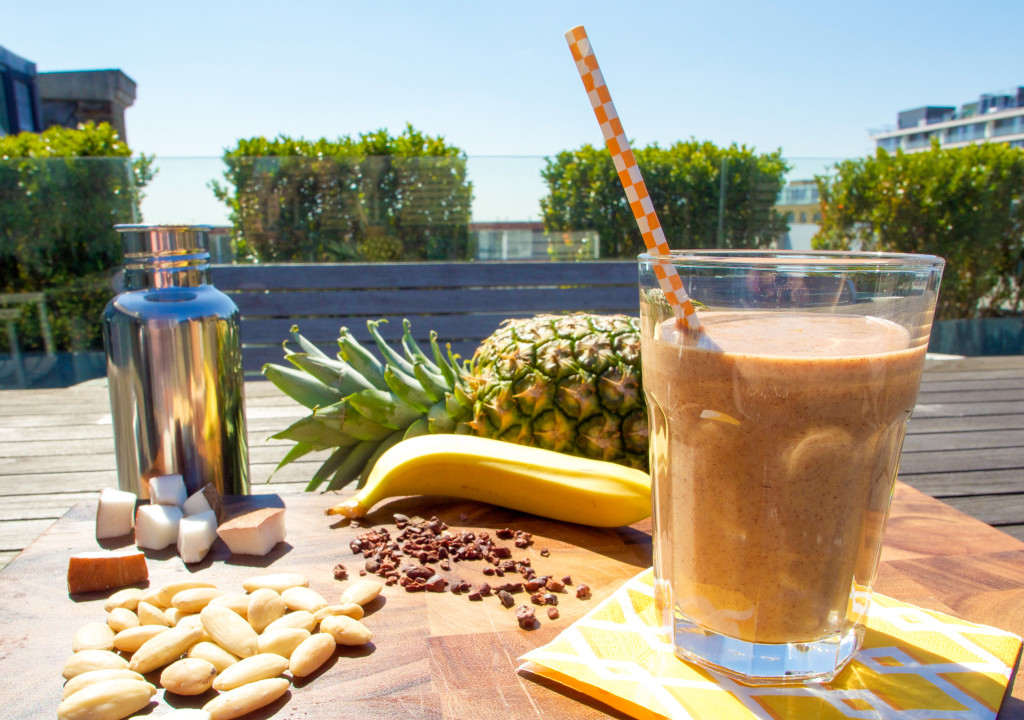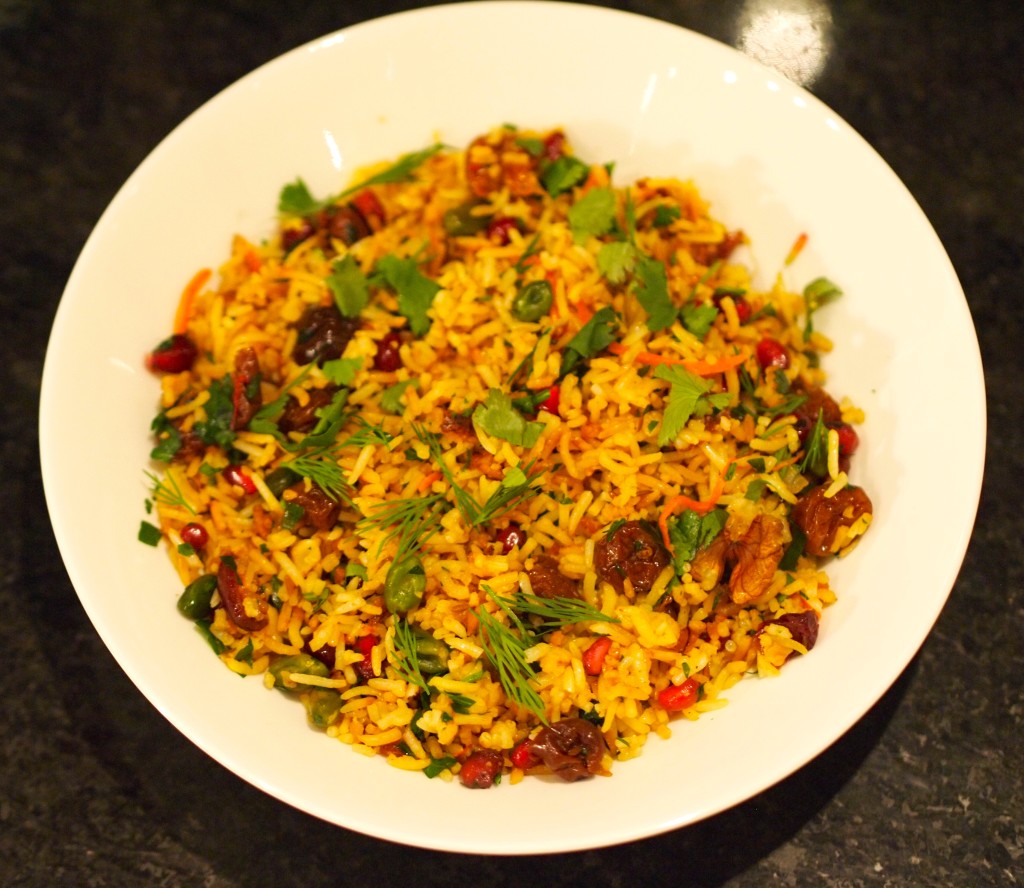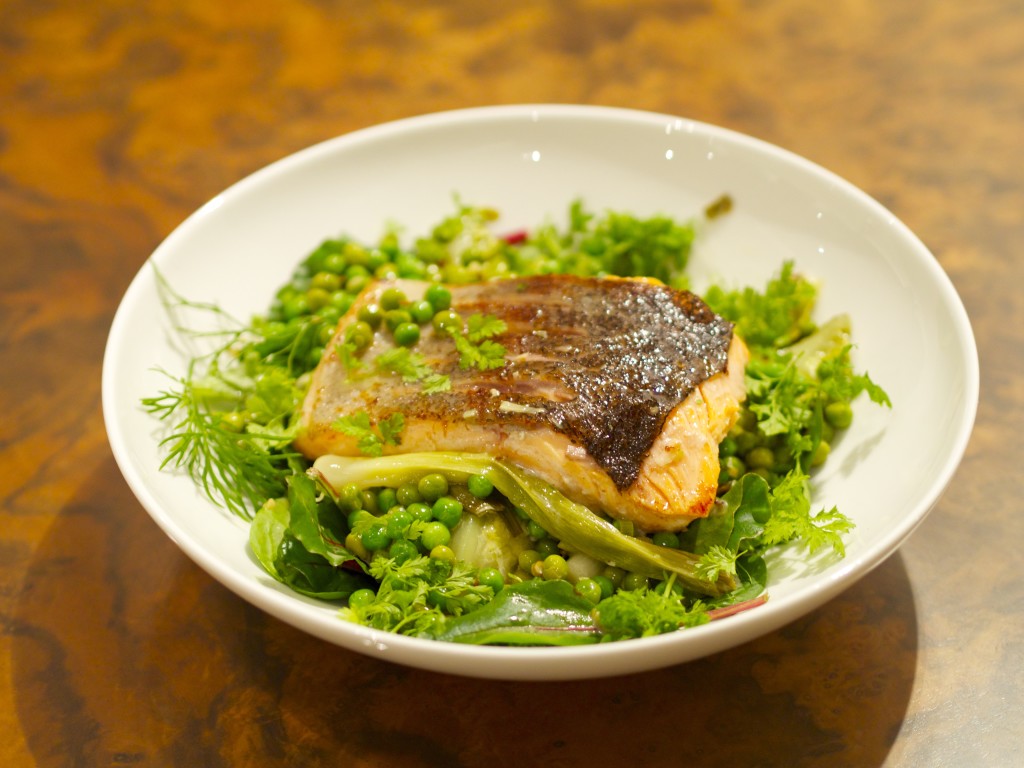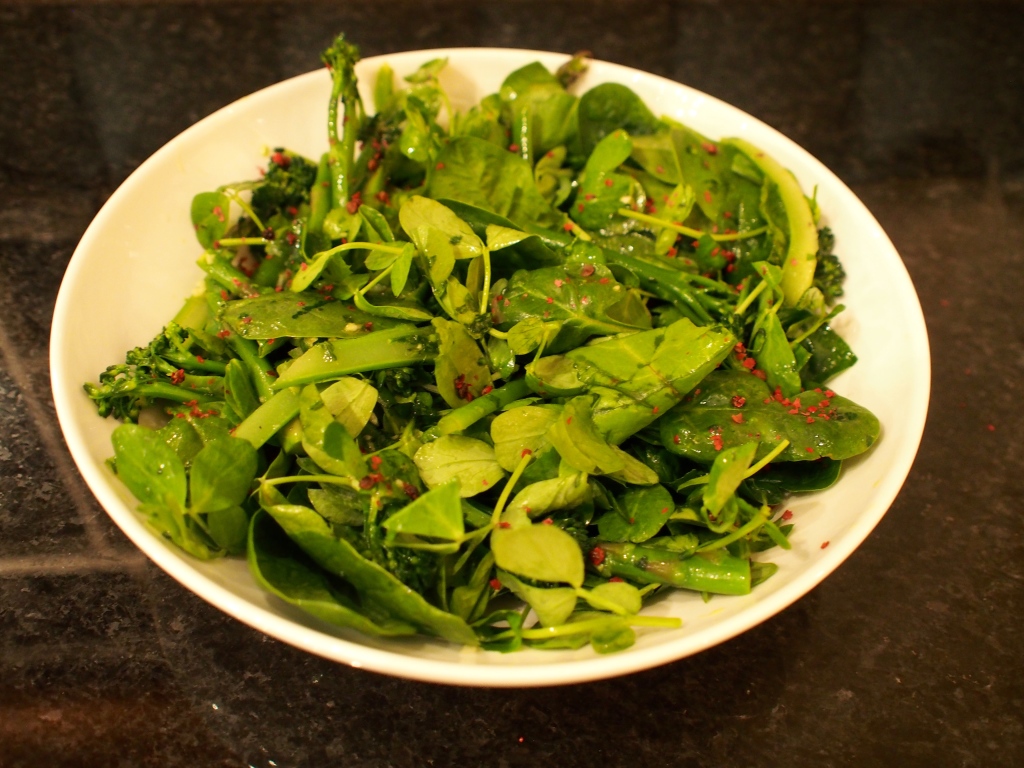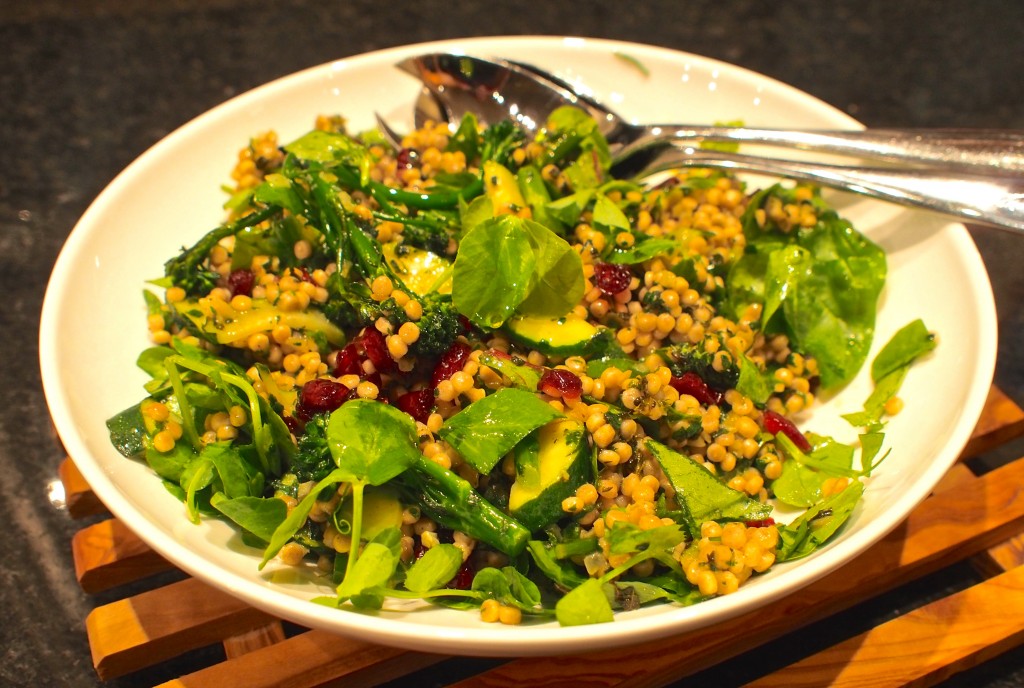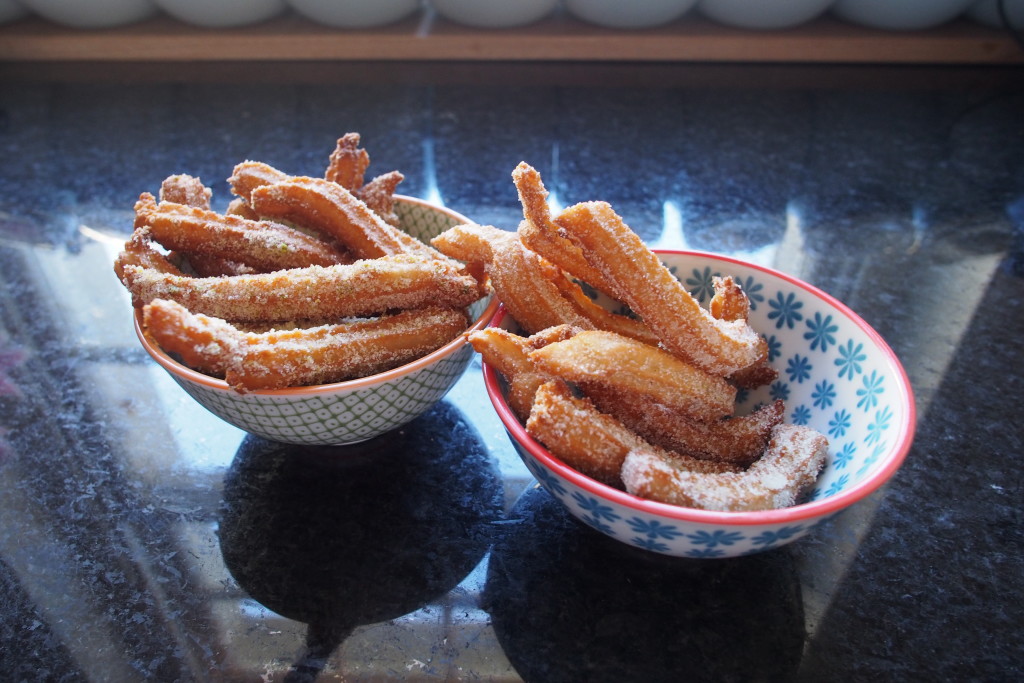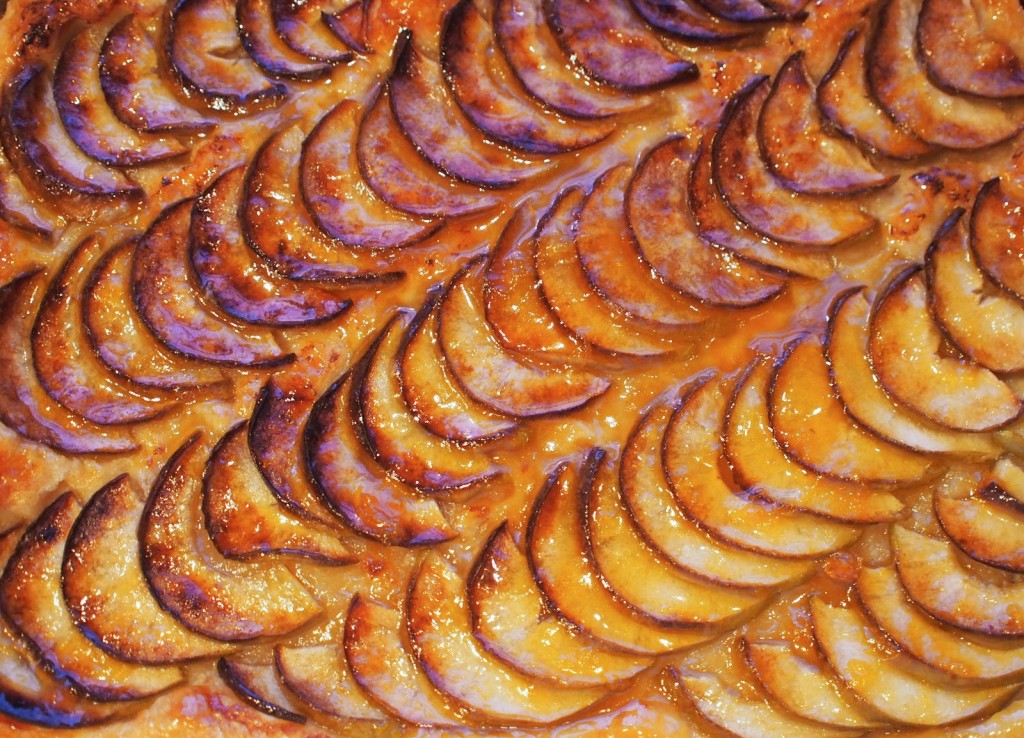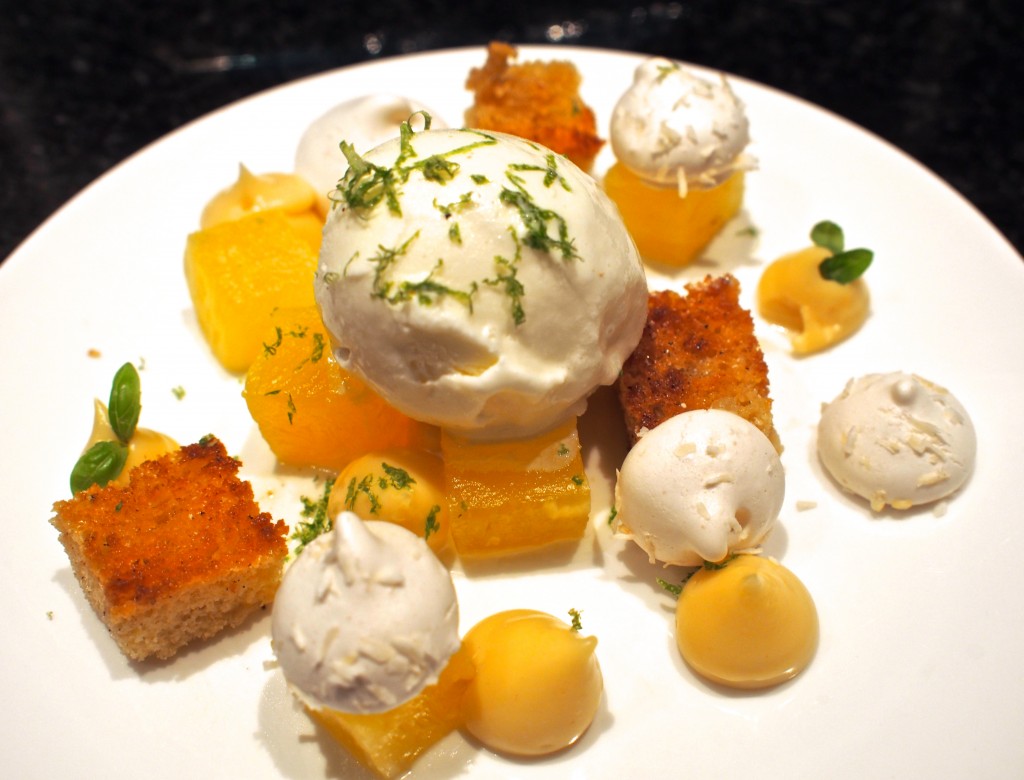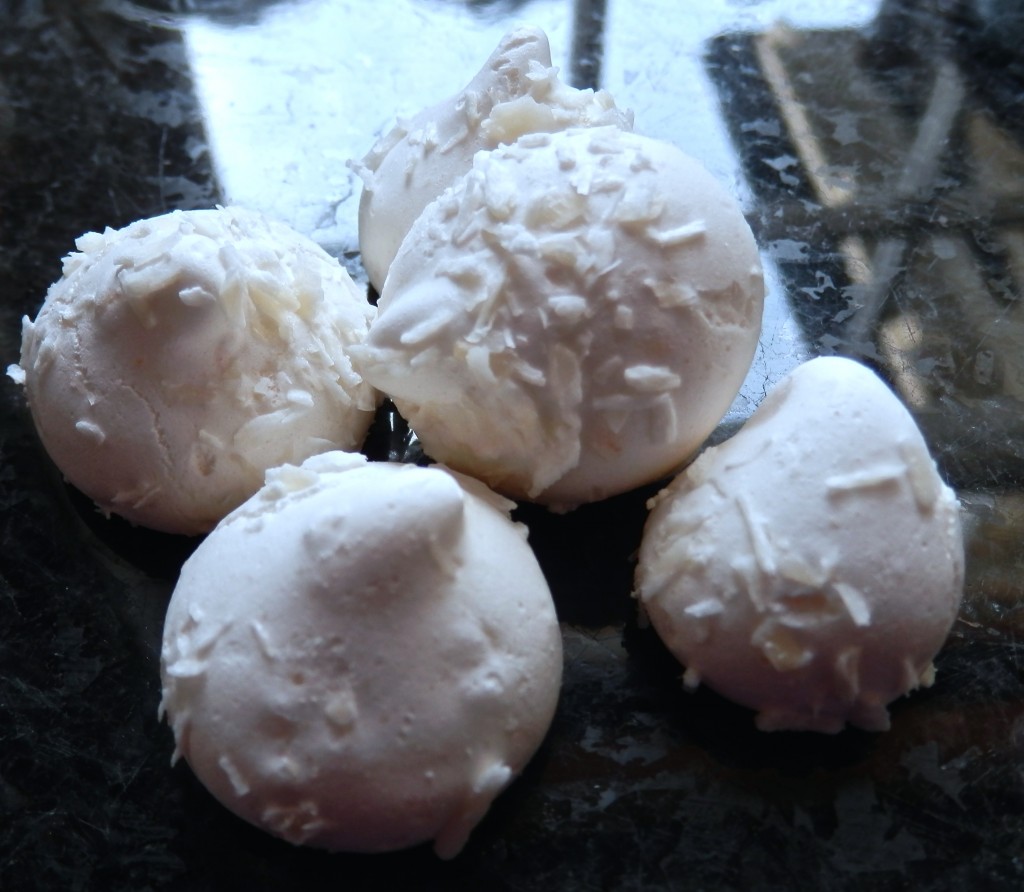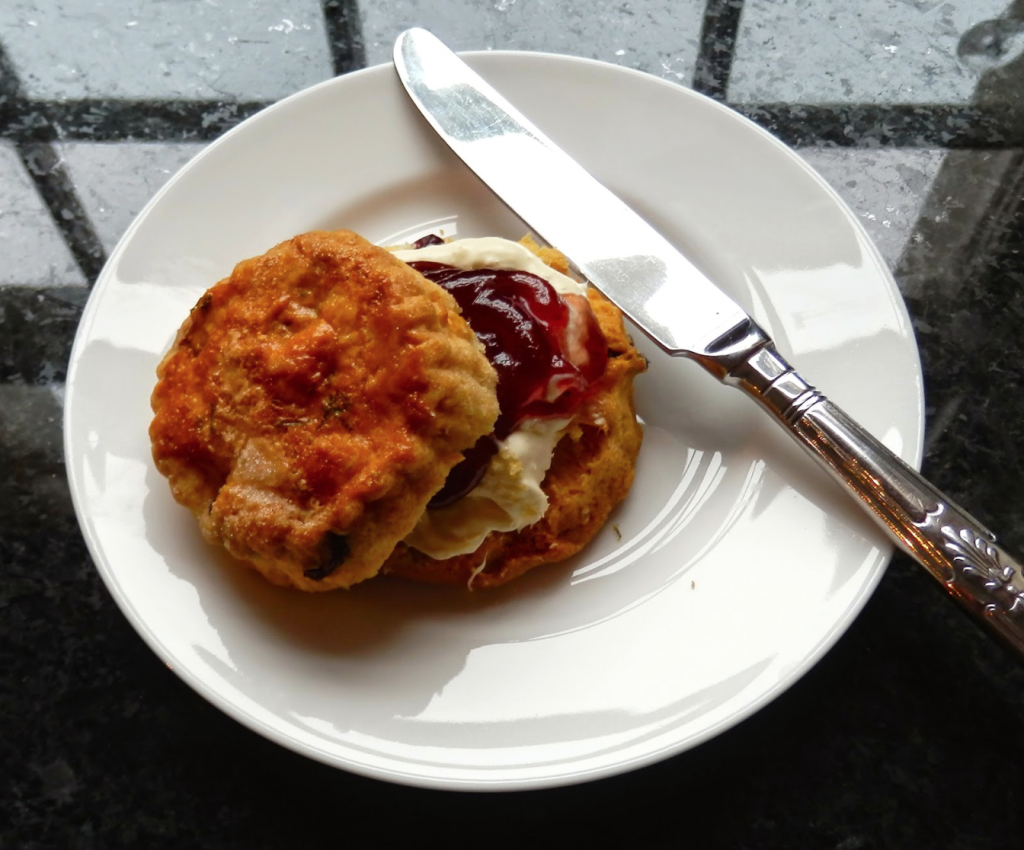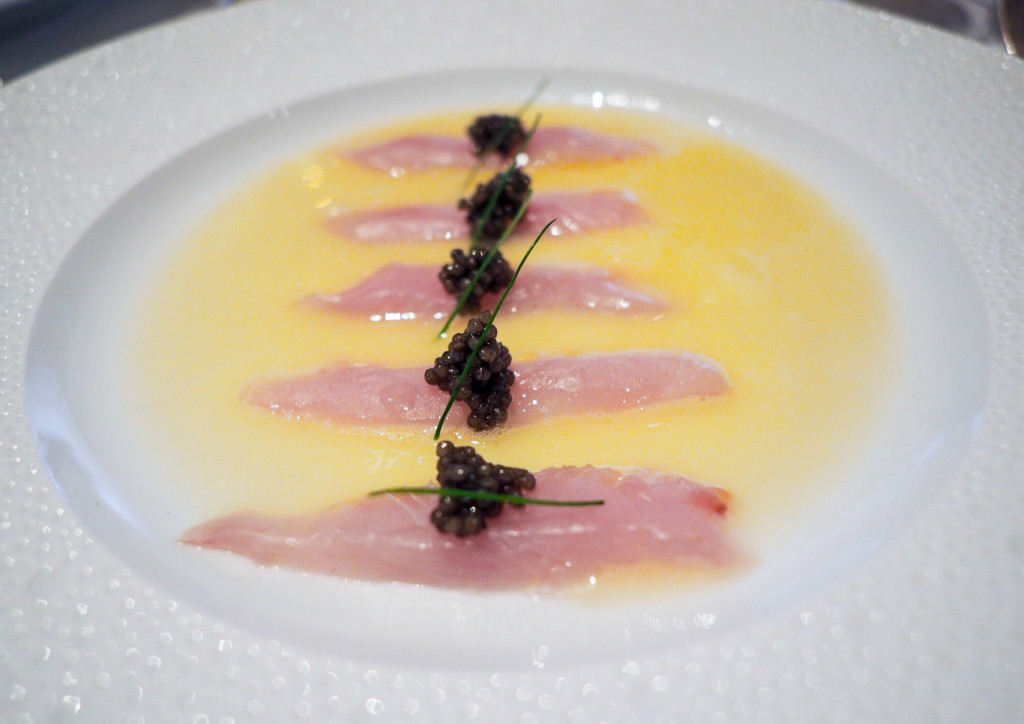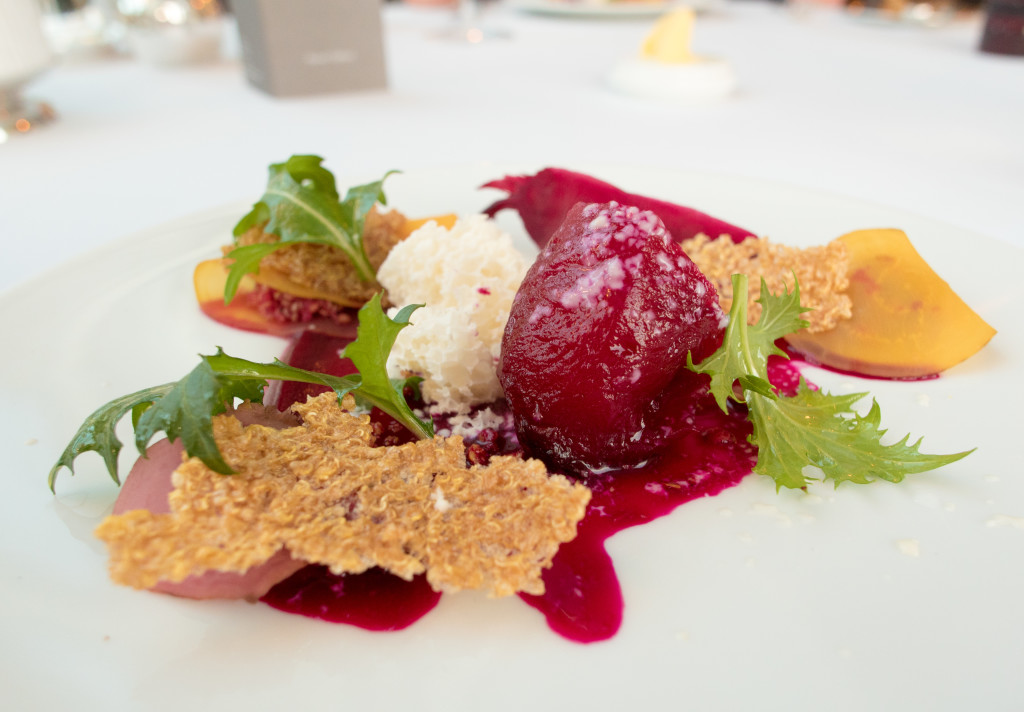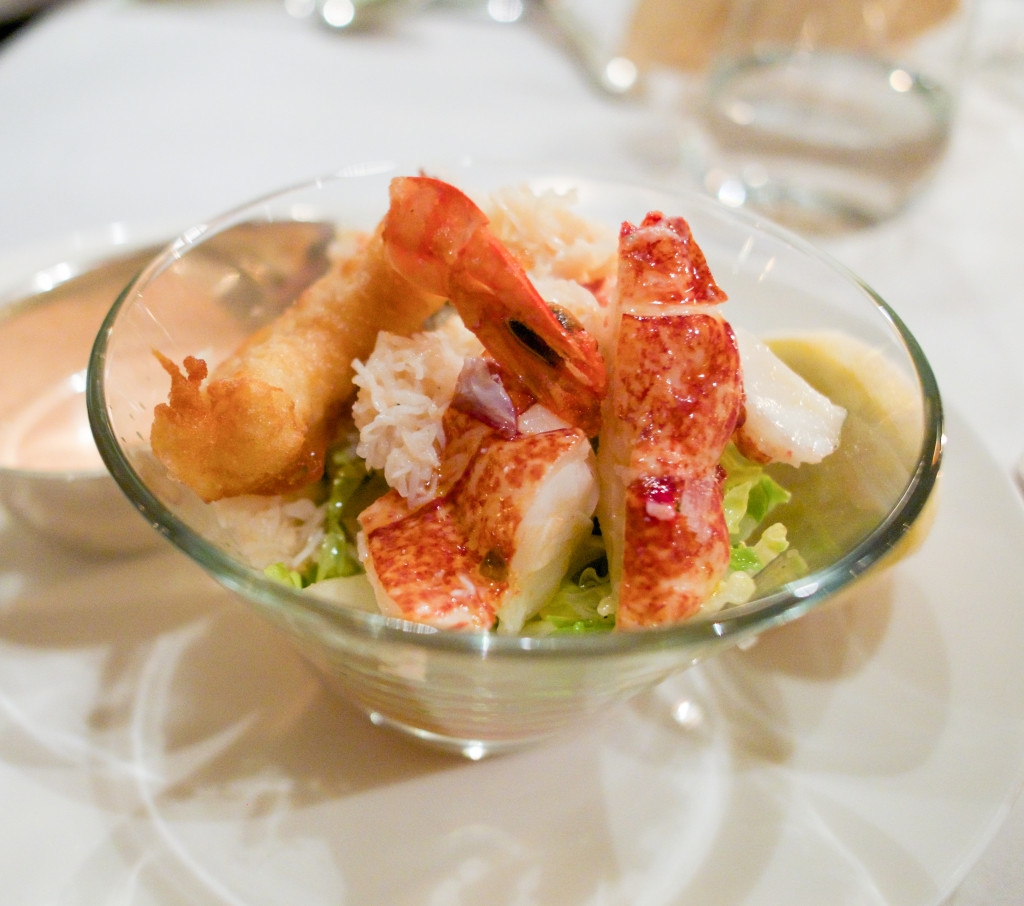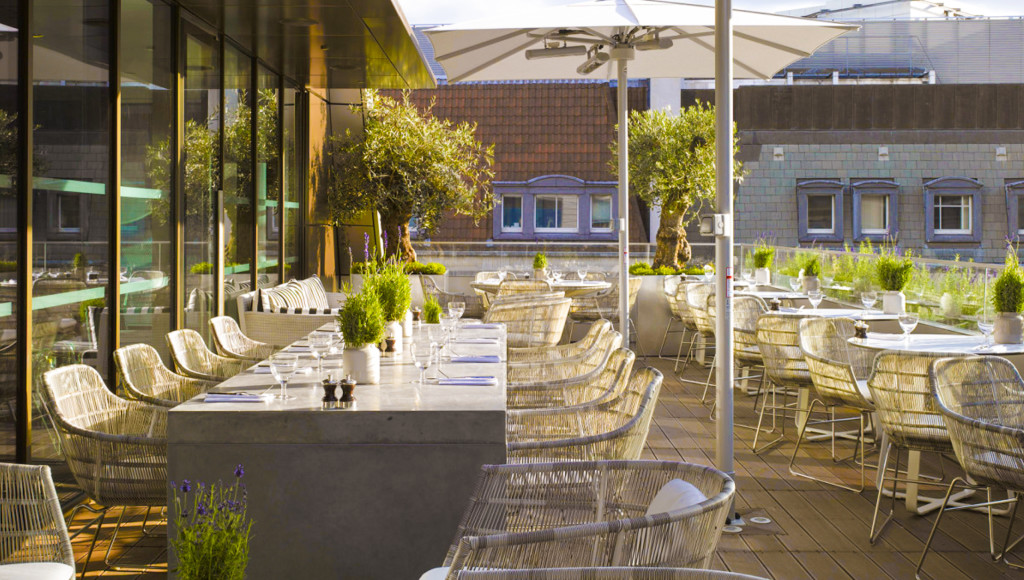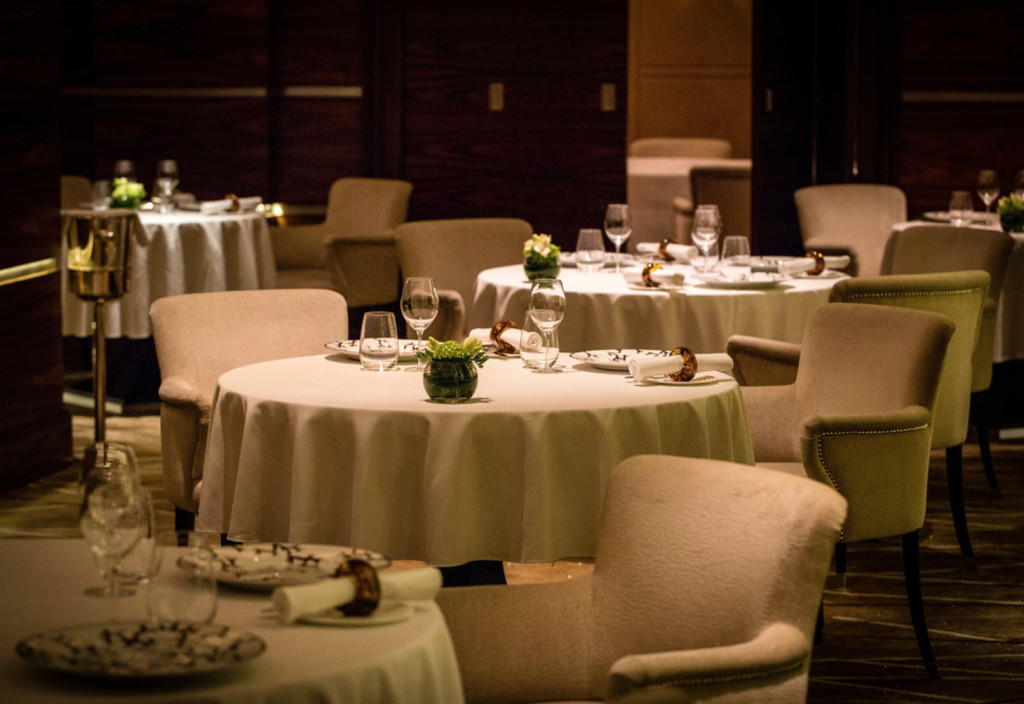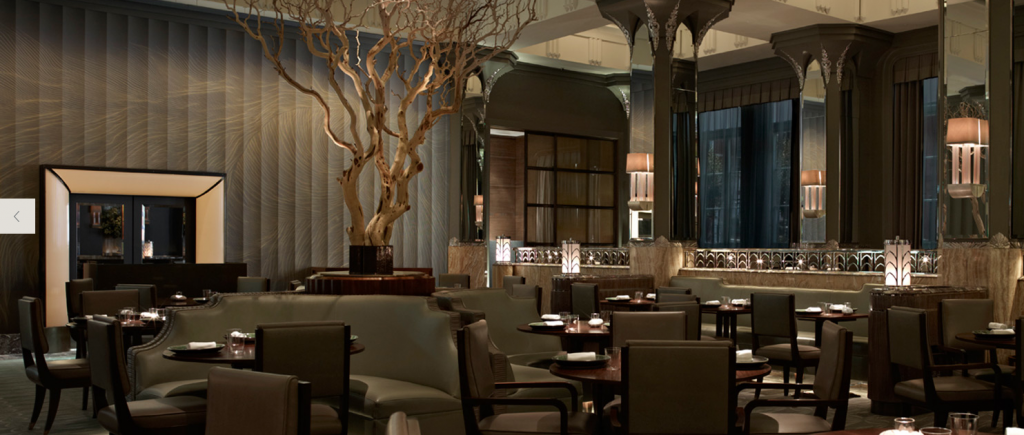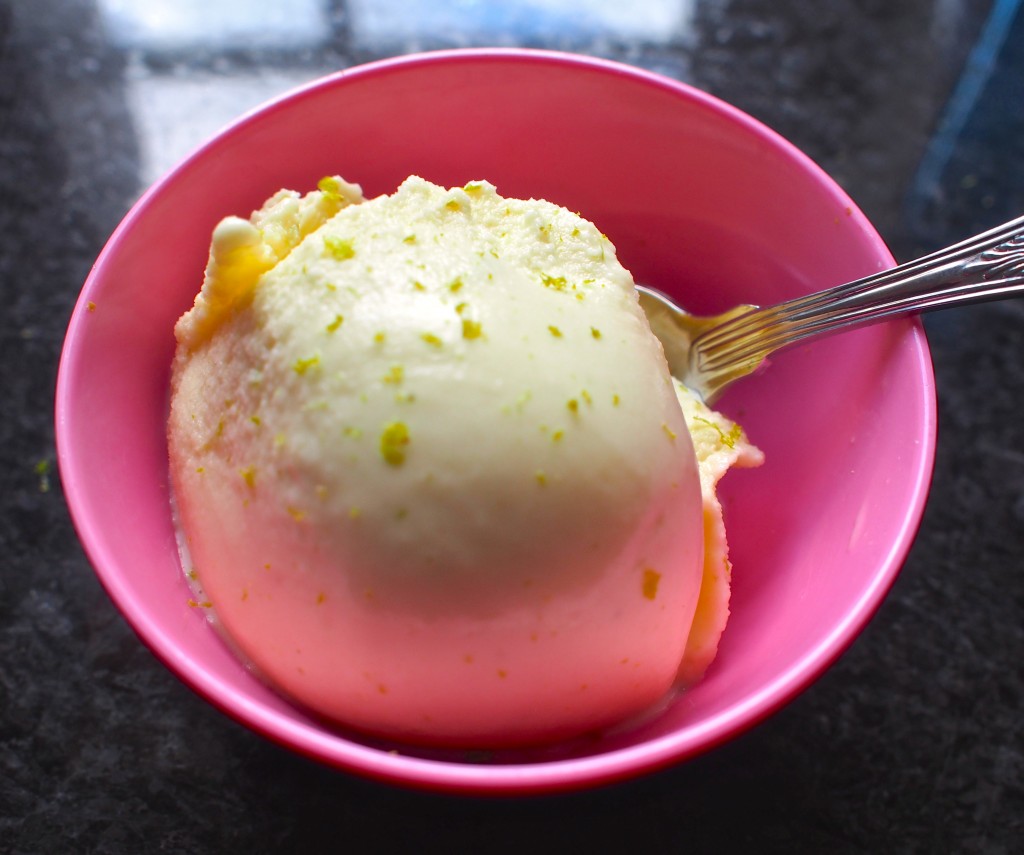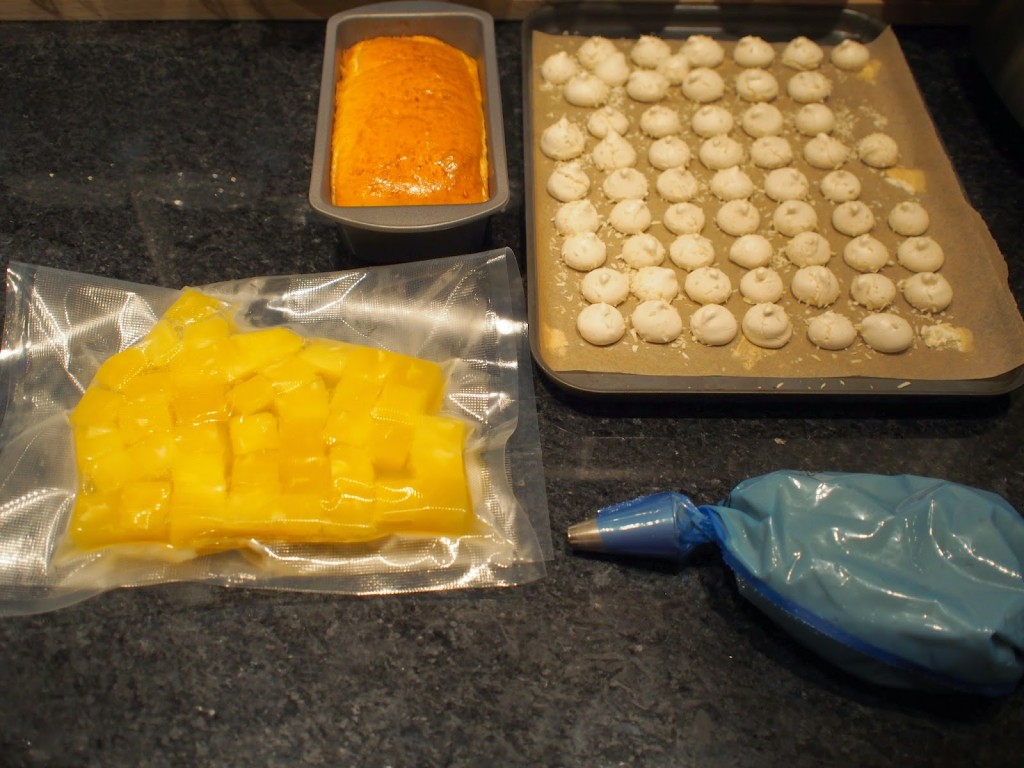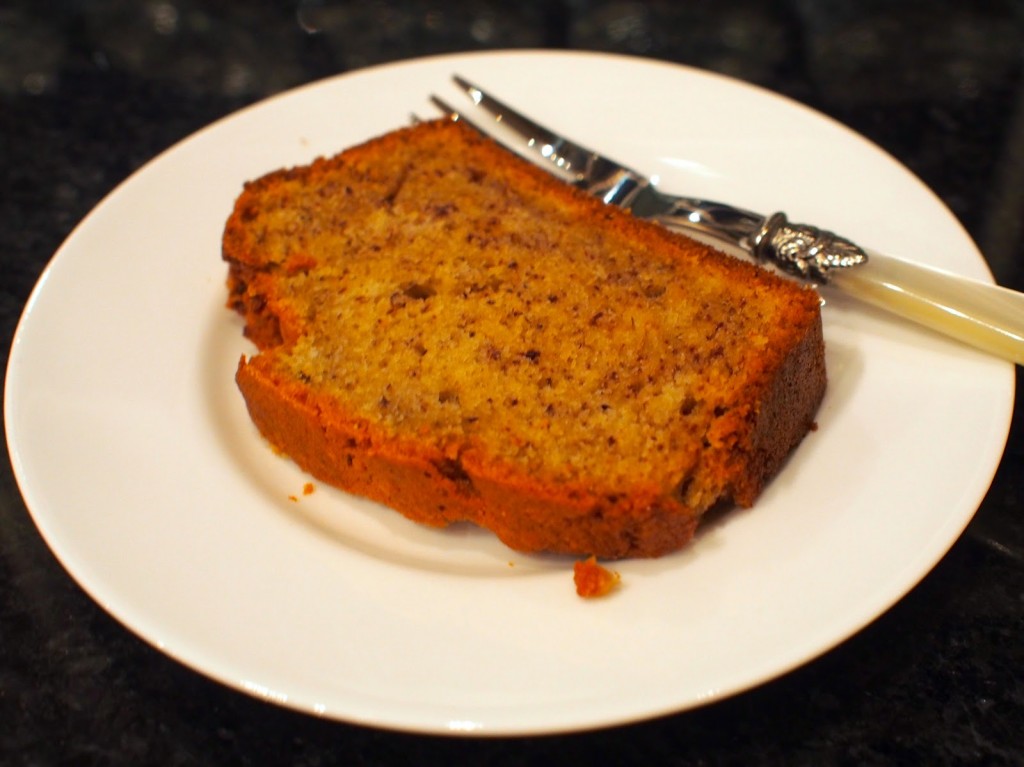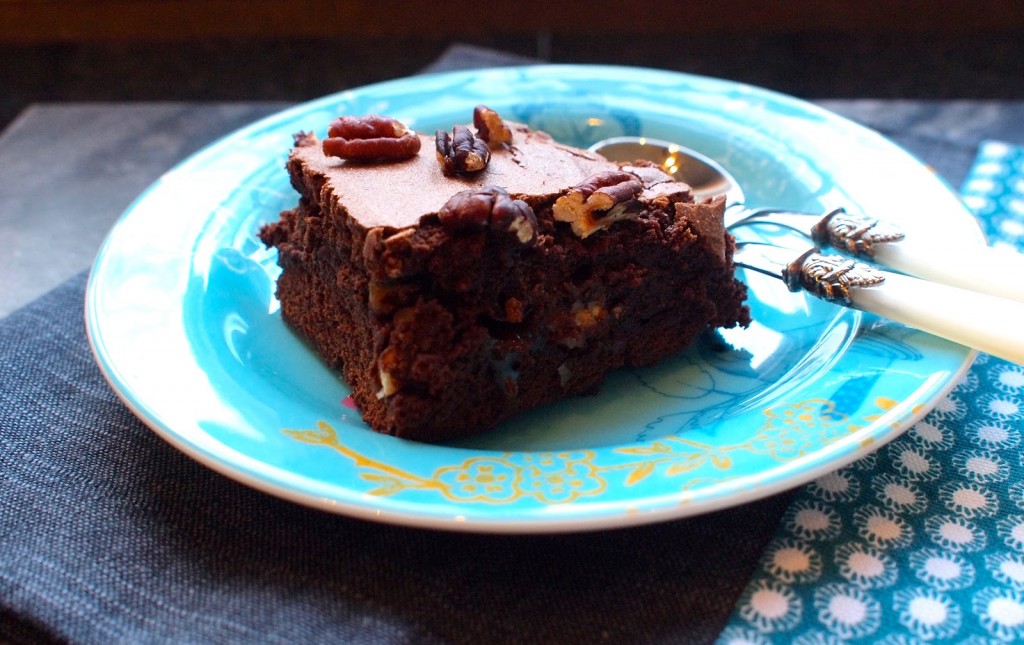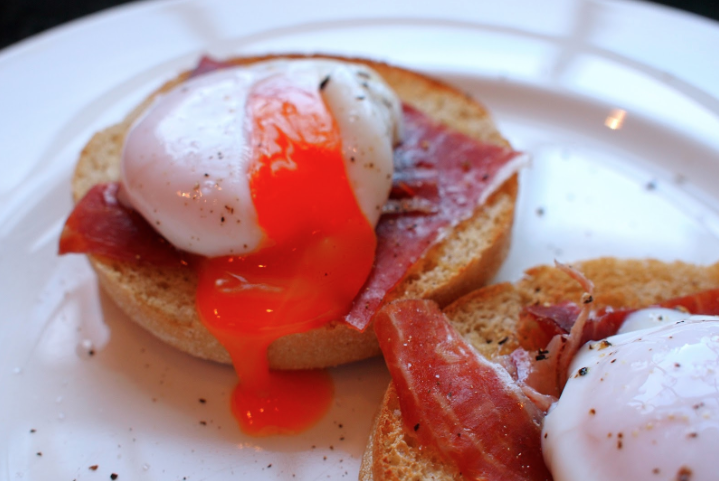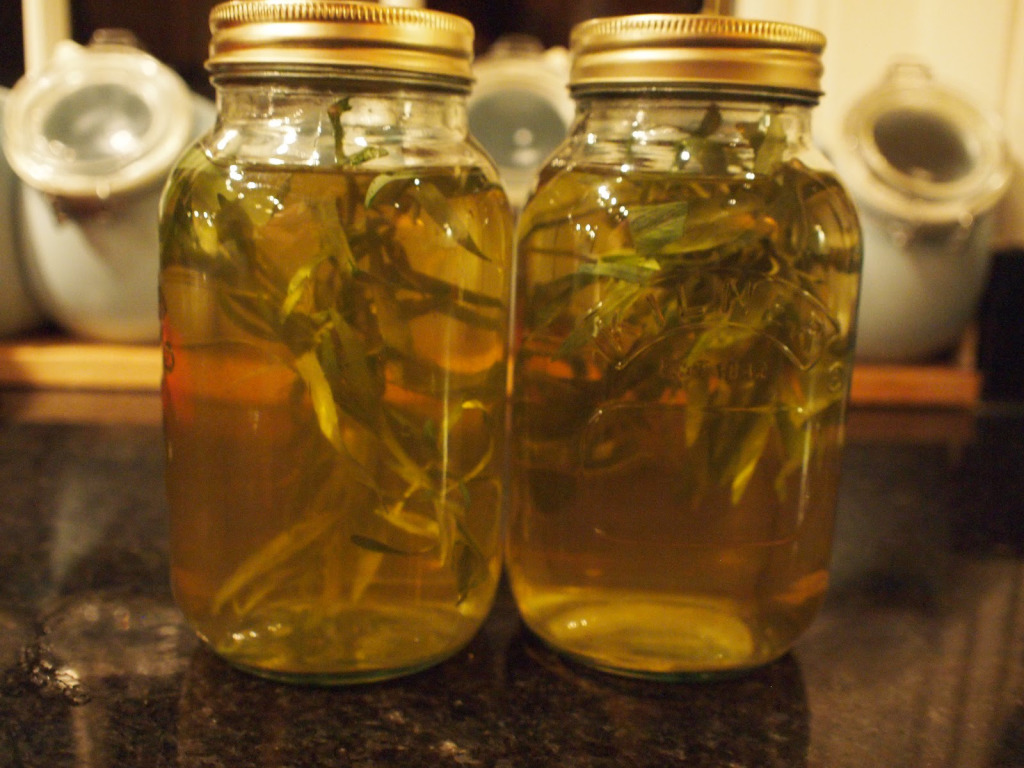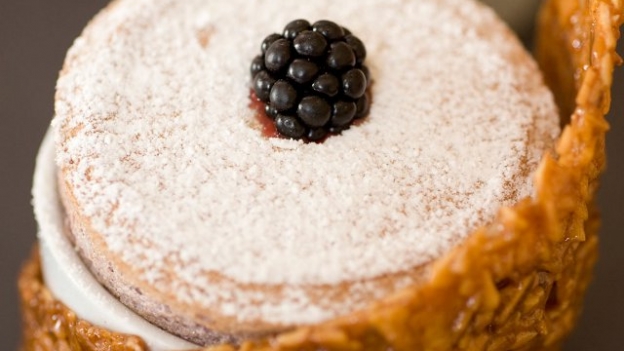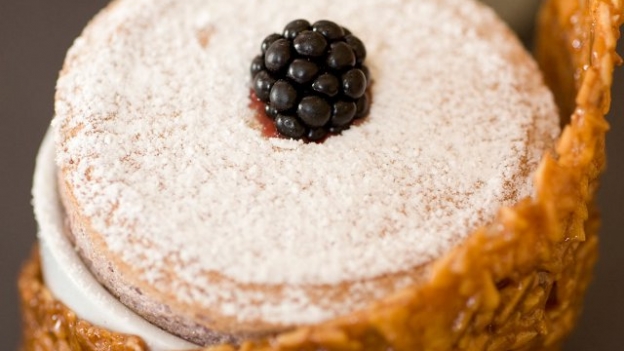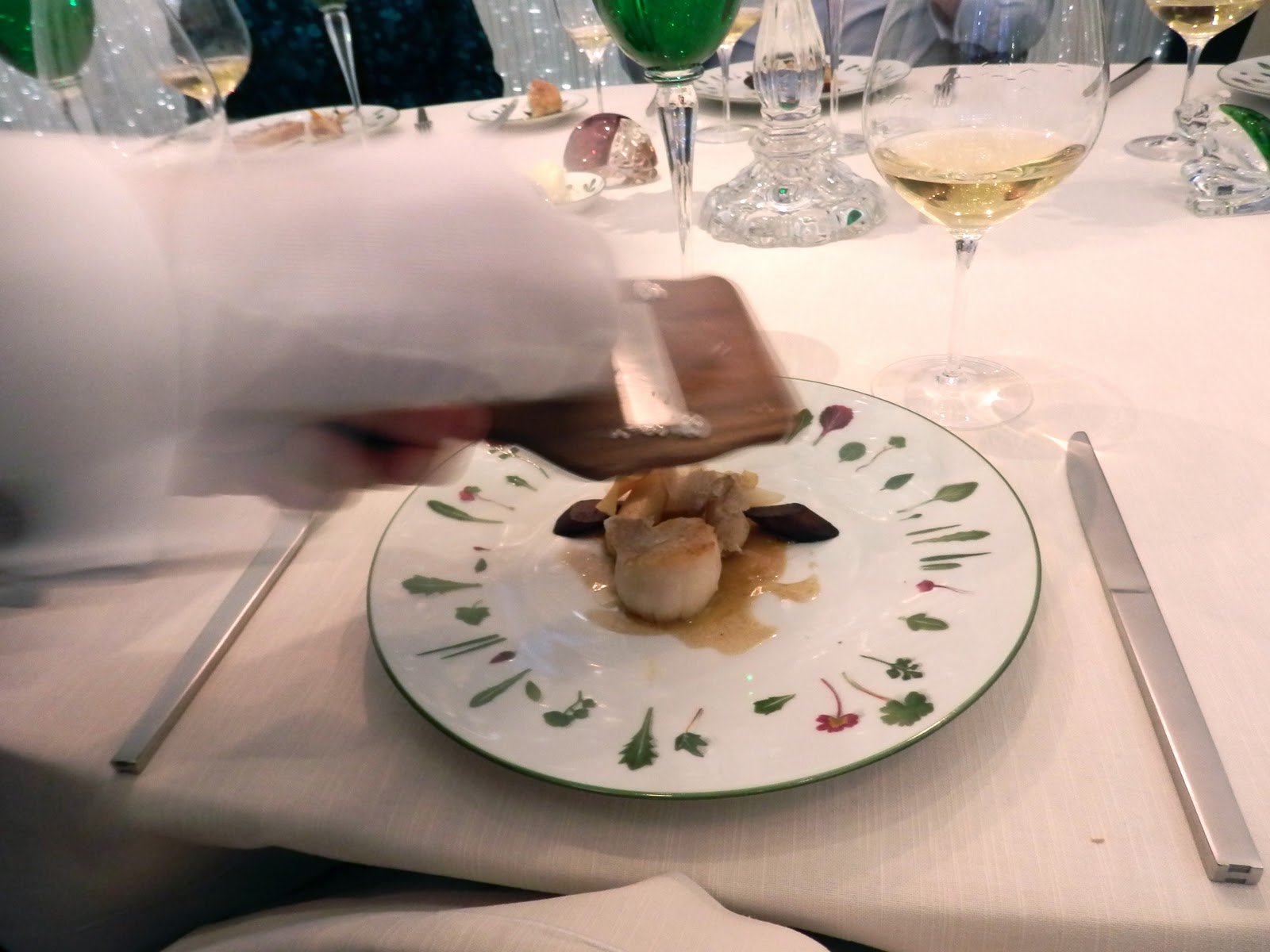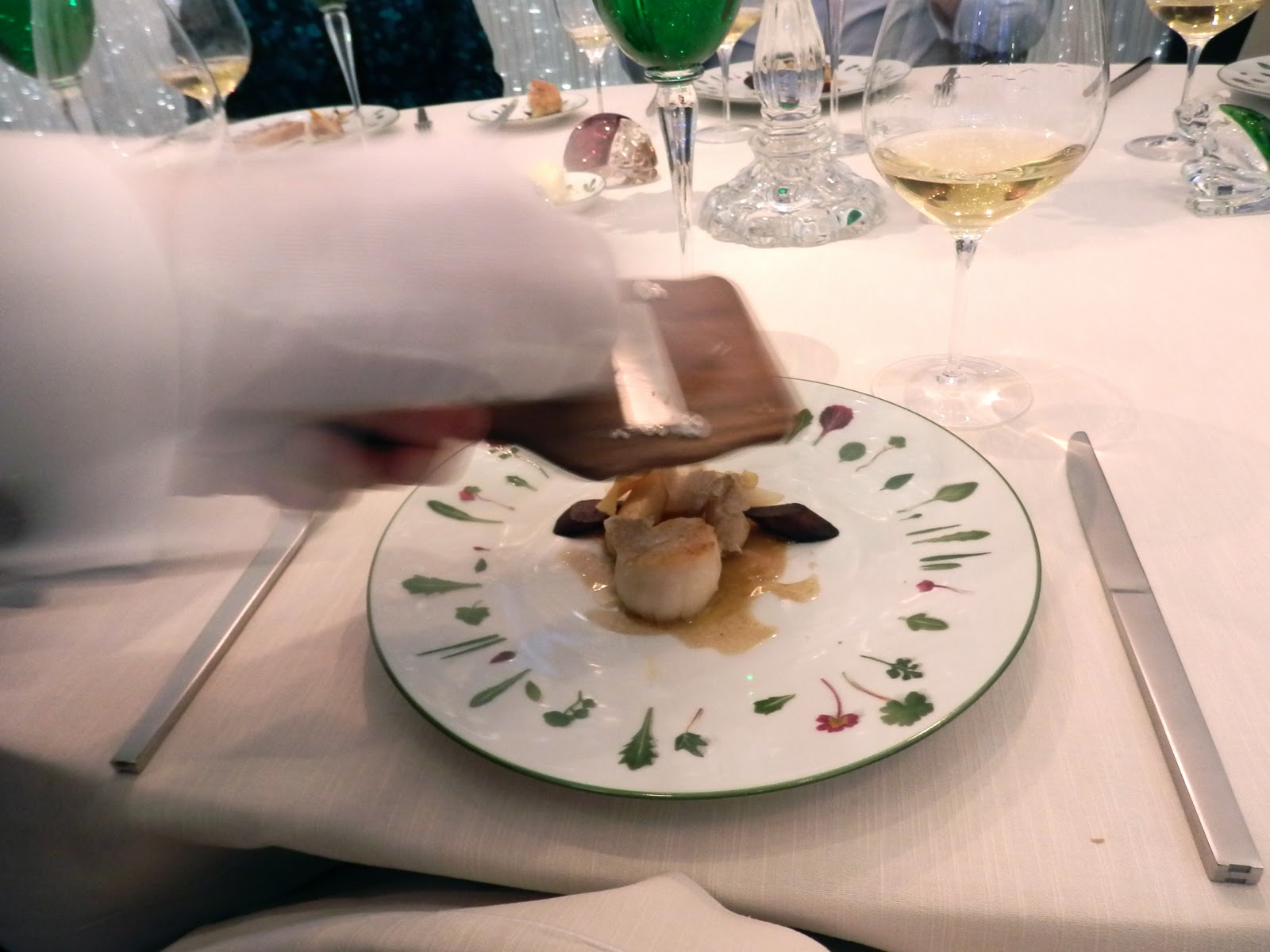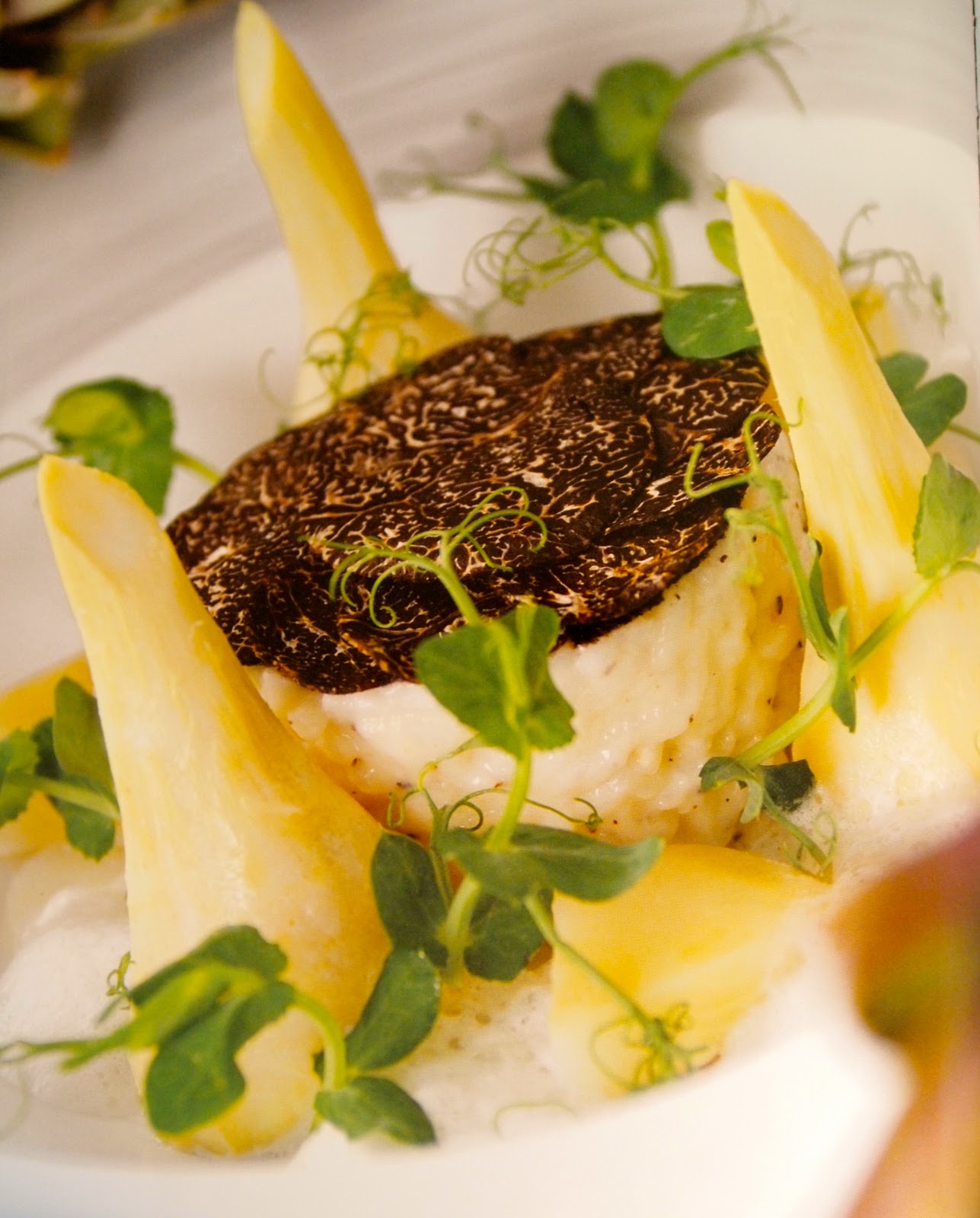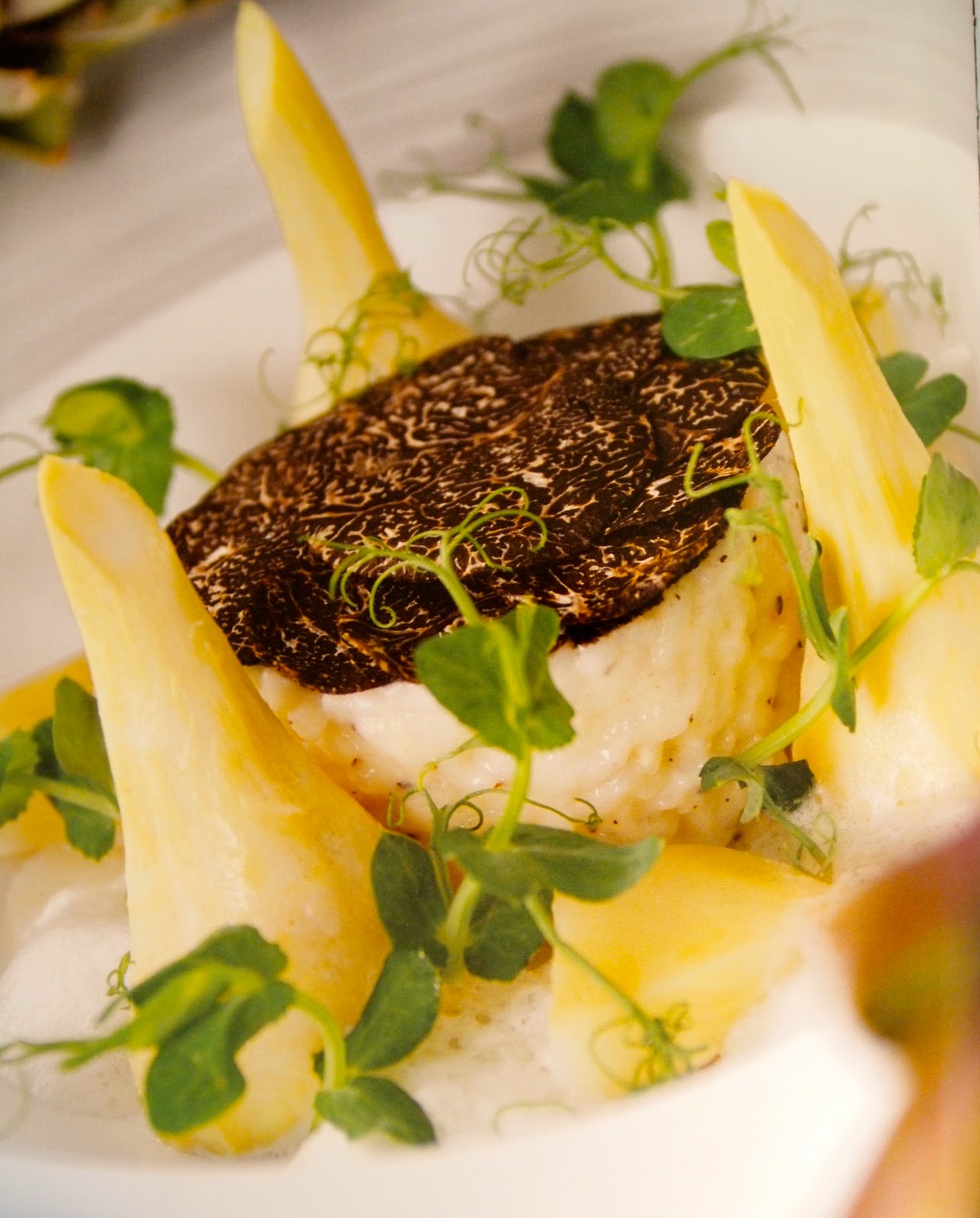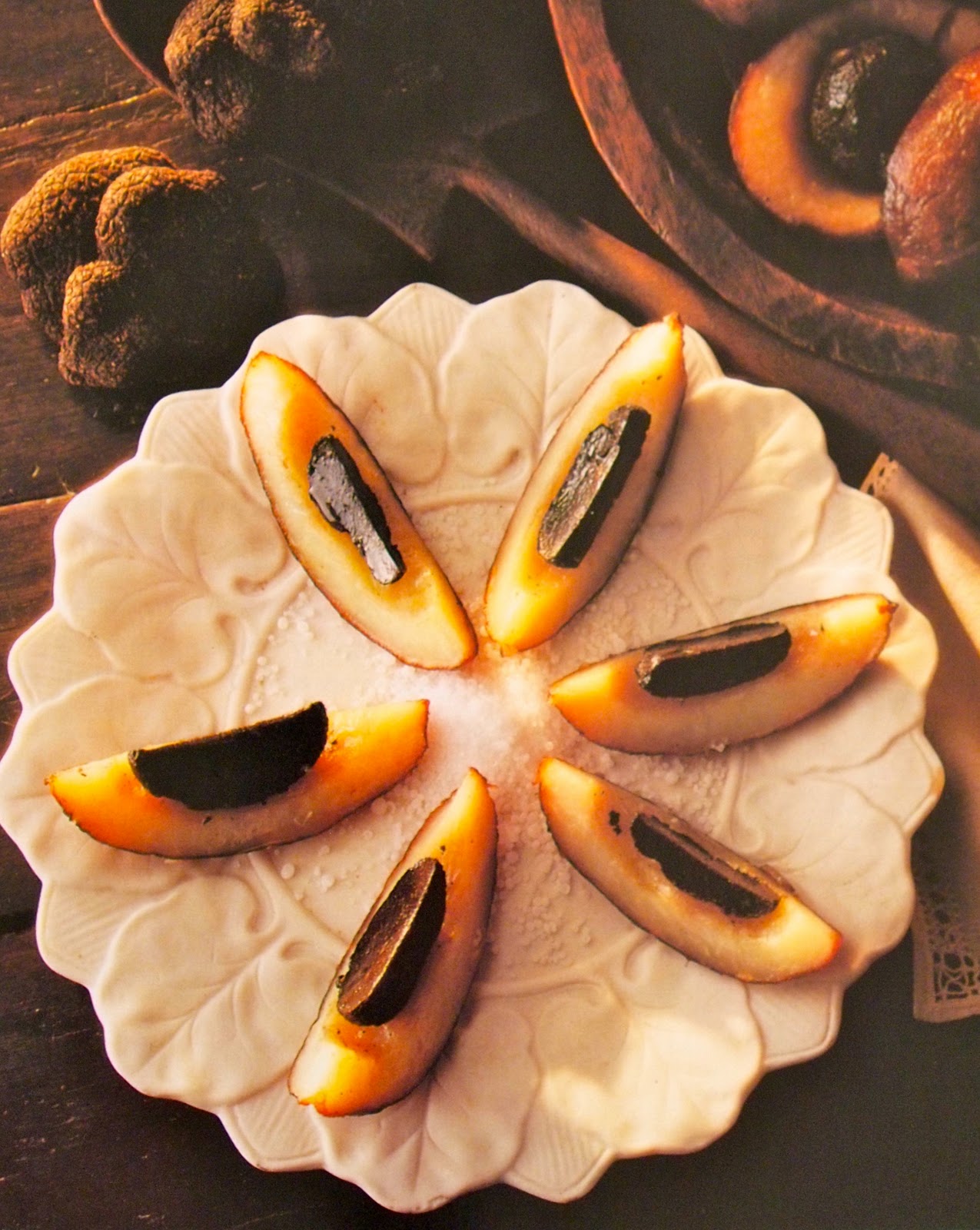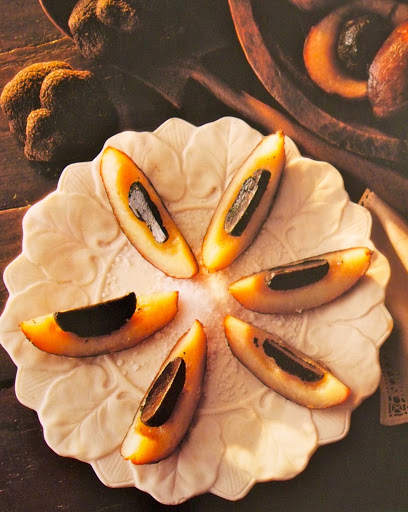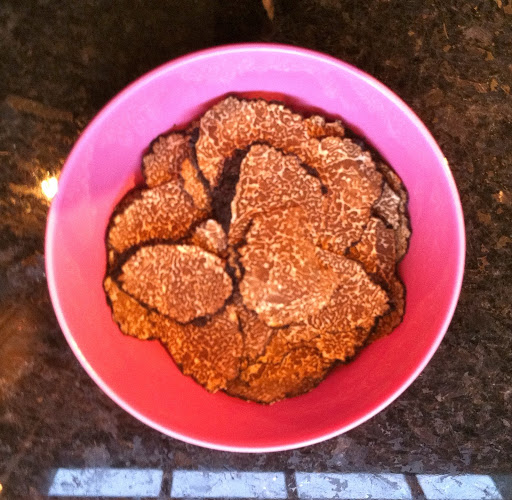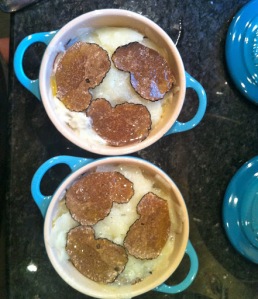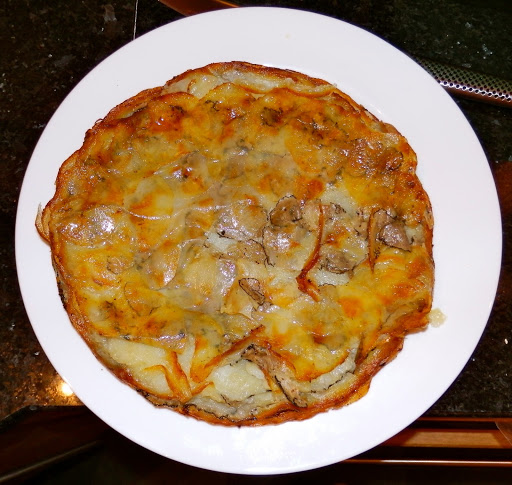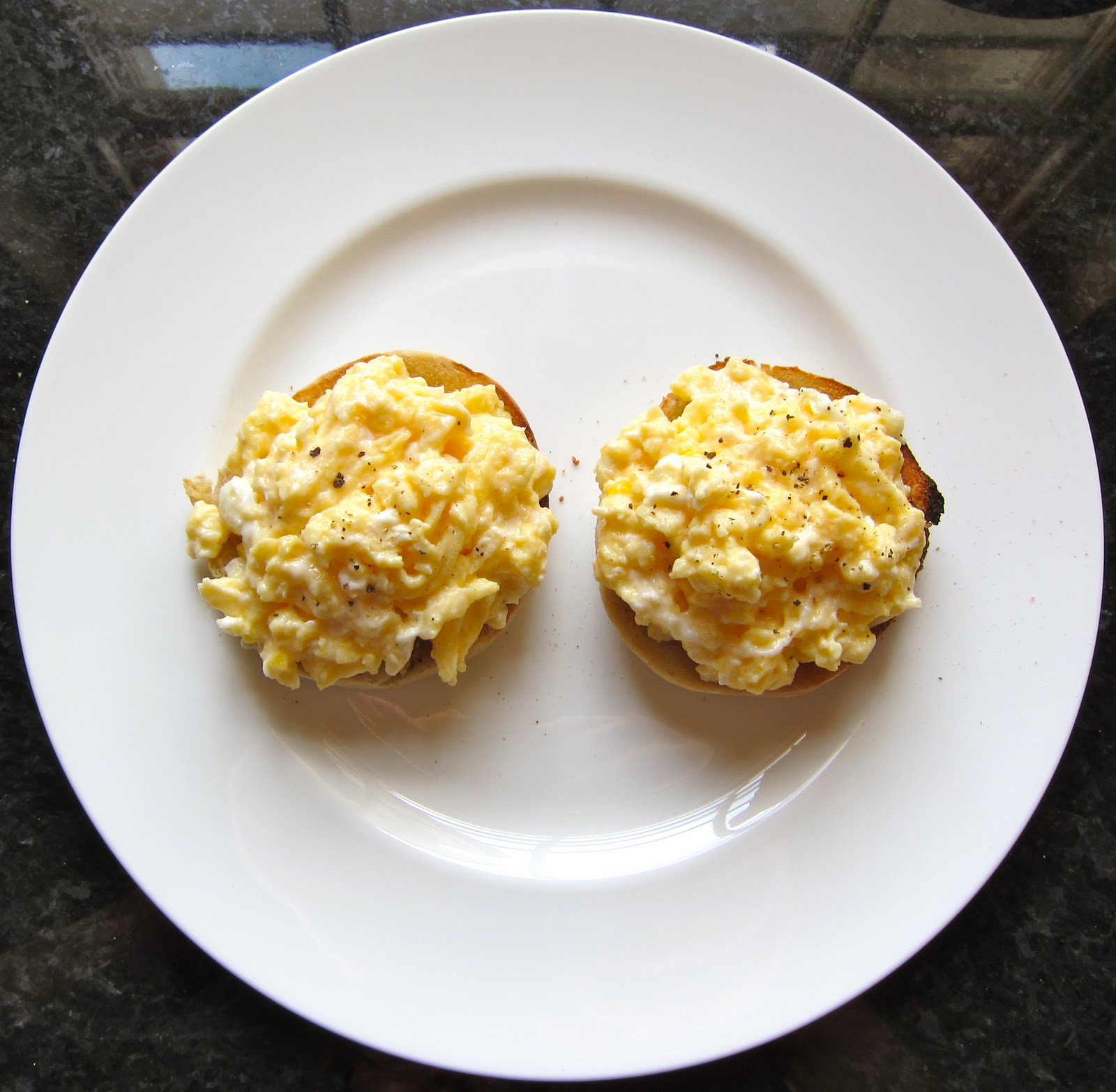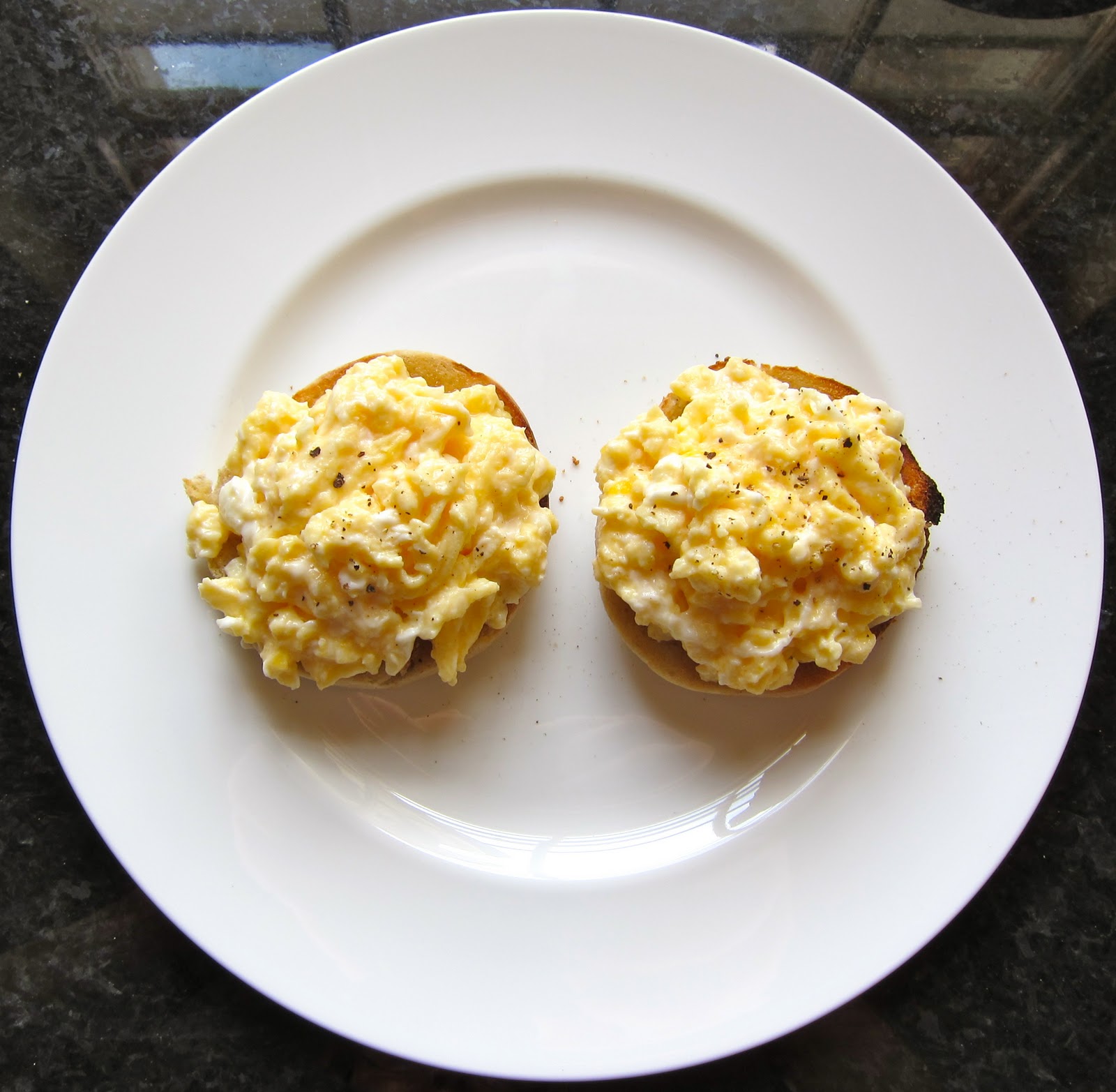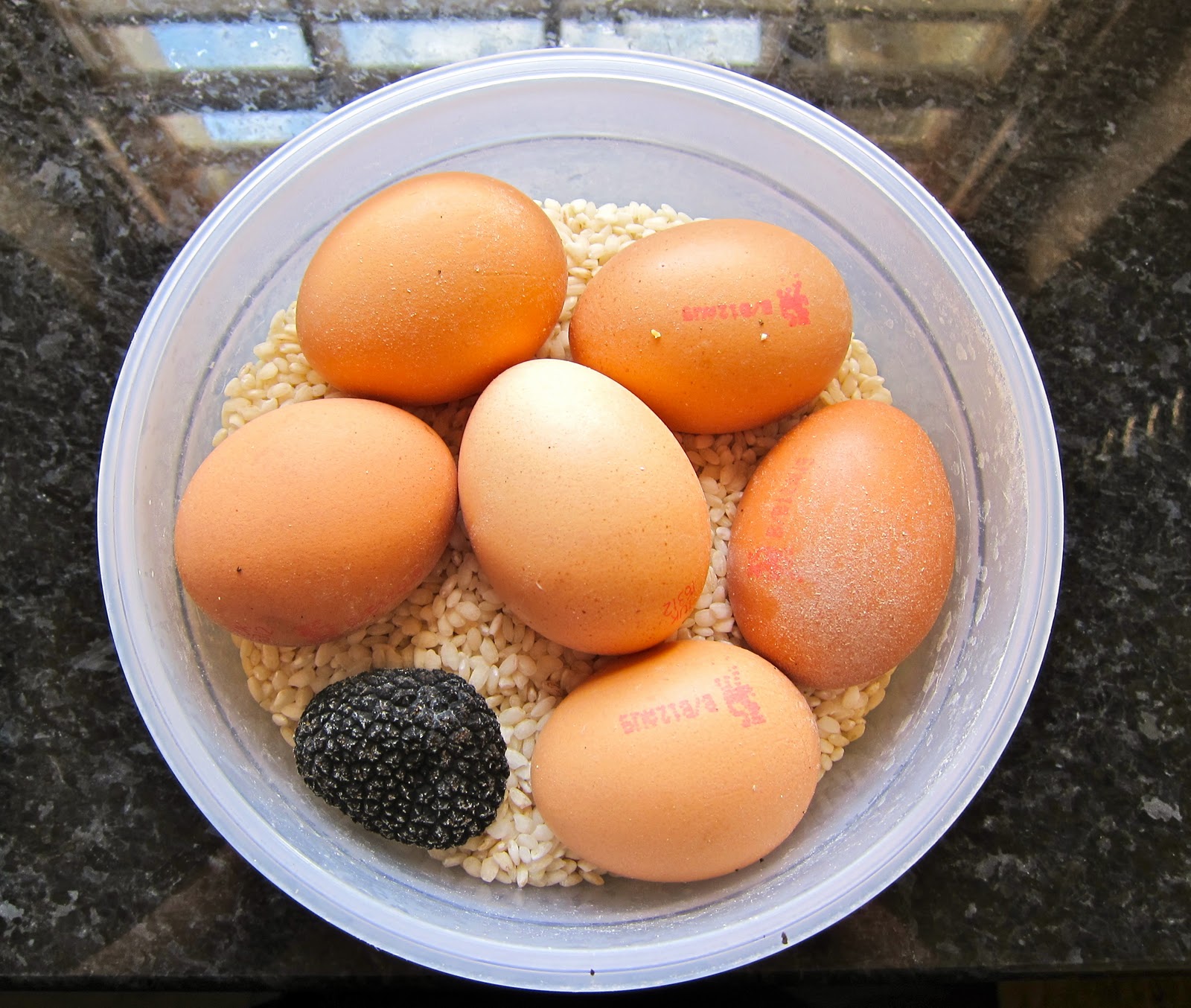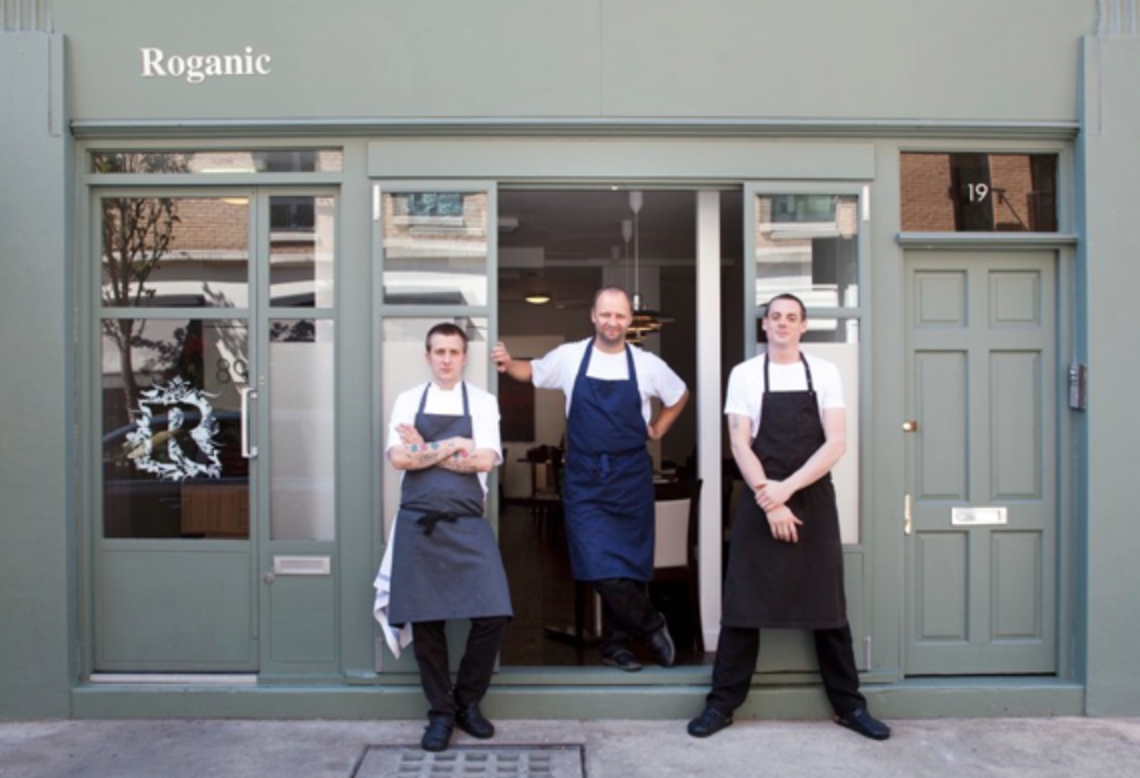Ingredients
For the ice cream
400ml/14fl oz milk
8 free-range egg yolks
200g/7oz caster sugar
400ml/14fl oz double cream
8 passion fruit, seeds scooped out
For the jelly
200g/7oz caster sugar
200ml/7fl oz water
6 passion fruit, seeds scooped out
6 gelatine sheets, soaked in cold water until softened
For the soufflé
25g/1oz butter, softened
4 tbsp caster sugar
4 free-range egg whites
175ml/6fl oz ready-made vanilla custard
4 passion fruit, seeds scooped out
1 chocolate-coated honeycomb bar, crumbled
Preparation:
For the ice cream, bring the milk to the boil in a heavy-based pan.
Remove from the heat immediately.
Whisk in the cream and passion fruit seeds. Cook for a further 3-4 minutes, stirring occasionally, until the mixture has thickened enough to coat the back of a wooden spoon. (Do not allow the mixture to boil.)
Remove from the heat and set aside to cool. Once cooled, pour the mixture into an ice cream machine and churn according to the manufacturer’s instructions. Transfer the churned ice cream to a freeze-proof container and chill in the freezer until needed. Take the ice cream out of the freezer about 10 minutes before serving to soften slightly.
For the jelly, place the sugar and water into a saucepan and bring to the boil, stirring until the sugar has dissolved. Reduce the heat to a simmer and cook for 2-3 minutes, or until the mixture has thickened, then stir in the passion fruit seeds. Remove from the heat.
Squeeze out any excess moisture from the soaked gelatine and whisk into the warm sugar mixture until dissolved. Pour the jelly mixture into the prepared baking tray and chill in the fridge for at least 1 hour, or until the jelly has set. Using a 7.5cm/3in round cutter, cut out four circles of jelly. Place onto a tray lined with cling film and place back into the fridge until needed.
Preheat the oven to 200C/400F/Gas 6.
For the soufflé lightly grease 4 large ramekins with the butter, then dust with half the caster sugar.
Whisk the egg whites in a large clean bowl until soft peaks form. Add the remaining caster sugar and whisk until stiff peaks form.
Gently fold in the vanilla custard and passion fruit seeds until just combined. Spoon the mixture gently into the prepared ramekins and place onto a baking tray.
Bake the soufflés in the oven for 10 minutes, or until golden-brown and risen.
Meanwhile, start plating the dessert. Place a jelly round on one side of each serving plate. Top the jelly with some of the crumbled chocolate honeycomb bar, then place a scoop of ice cream on top of the crumble. Remove the risen soufflés from the oven and place alongside the jelly. Dust with icing sugar and serve immediately.
Serves 4
